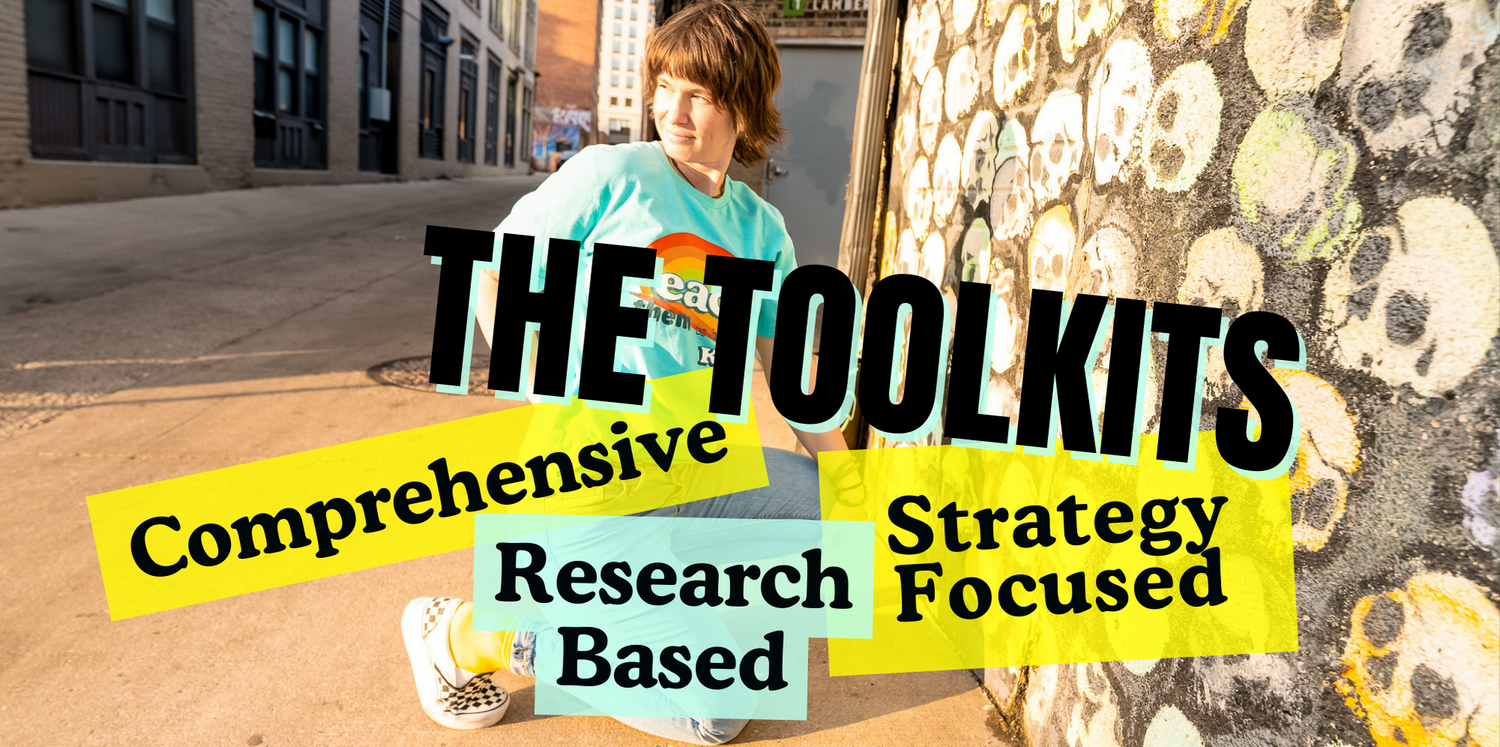
Next: Part 2 – What If Students Asked the Questions? How to Build Anticipation Through Inquiry
Share
🔥Inquiry Circles with Student-Generated Questions
This strategy isn’t just about discussion.
It’s about activating curiosity, building autonomy, and giving your students a front-row seat to their own thinking.
What it looks like:
-
Present a compelling scenario or problem
(e.g., “You’re a city planner trying to reduce traffic deaths—but you can’t spend more than $100,000.”) -
Let students generate questions
What do they need to know? What’s confusing? What assumptions are they making? -
Form Inquiry Circles
Small groups sort through their questions, identify 2–3 they want to explore, and assign roles: researcher, connector, question-keeper, etc. -
Investigate & share
Students explore, gather info, connect ideas, and present their thinking to peers—emphasizing the process, not just a finished answer.
Why It Works:
💡 Autonomy
Students aren’t just absorbing information—they’re directing the flow of it.
🤝 Belonging
Working in small, safe circles builds trust and shared purpose.
🧠 Competence
Students learn they’re capable of generating meaningful questions and pursuing answers.
And here’s the bonus:
This format is neurodivergent-friendly by design.
👀 Why This Is a Win for Neurodivergent Students
Let’s be real—traditional class discussions often reward:
-
Fast processors
-
Verbal dominance
-
One “right” answer thinking
But inquiry circles shift that. They make space for:
-
Processing time (visual or written questions first)
-
Diverse roles that fit different strengths
-
Flexible paths to explore the topic
-
Real collaboration without forced spotlight moments
Example:
A student with ADHD who struggles to sit still might thrive as the group’s connector—walking to post-it boards, linking ideas between groups.
A student with autism might shine as the question-keeper—tracking logic, refining thinking, and spotting assumptions others miss.
🛠 Tips for Easy Implementation
🔹 Use sentence stems to launch inquiry
-
“I wonder why…”
-
“What would happen if…”
-
“How might ___ affect ___?”
🔹 Give question starters, not answers
Start with a brief text, image, or scenario. Then ask:
“What questions does this raise for you?”
“Which of these questions would be worth investigating?”
🔹 Model the process first
Show how to move from curiosity → research → connections.
Think aloud. Be messy. Let students see how you think.
🔹 Celebrate the questions, not just the answers
Put sticky notes on a “Wall of Wonder”
Give weekly shoutouts for the most creative, complex, or brave questions.
💬 Real Teacher Reflection
“I used to feel like I had to be the ‘keeper of all the questions.’ Inquiry Circles helped me let go—and students stepped up in ways I never expected. Even my quietest kid was the one helping the group rephrase their main question into something deeper.”
— 6th grade ELA teacher, Neighborhood member.
✅ TL;DR: Inquiry Circles Fuel Motivation Because…
-
They’re real: Students care about what they’re investigating.
-
They’re flexible: Every student can enter the task in a way that works for their brain.
-
They’re affirming: Questions aren’t mistakes. They’re evidence of thinking.
And most of all—they give students what they often crave but rarely get:
The chance for their opinion to matter in how learning unfolds.
🚪 Next Steps: Try It Tomorrow
Start small. Try this:
-
Take your next “introduction to a new topic.”
-
Replace your direct instruction with a provocative question, image, or dilemma.
-
Give students 5 minutes to generate their own questions in pairs.
-
Build your next lesson using their curiosity as the entry point.
💬 Want More Strategies Like This?
We do this all year inside The Neighborhood—our online community for teachers who want student-centered, brain-aligned, neuroaffirming classrooms (without burning themselves out in the process).
Inside, you’ll get: ✨ Weekly live calls with Britt
📚 A full library of printables + replay lessons
🧠 Real strategies for real brains
💬 A private community of teachers who get it
👉 [Click here to join or learn more about The Neighborhood]
Because you don’t need more pressure.
You need a place that helps you teach in a way that actually works.








1 comment
This method seems to align with the project-based learning model that I’ll be trying out this year! Sweet!